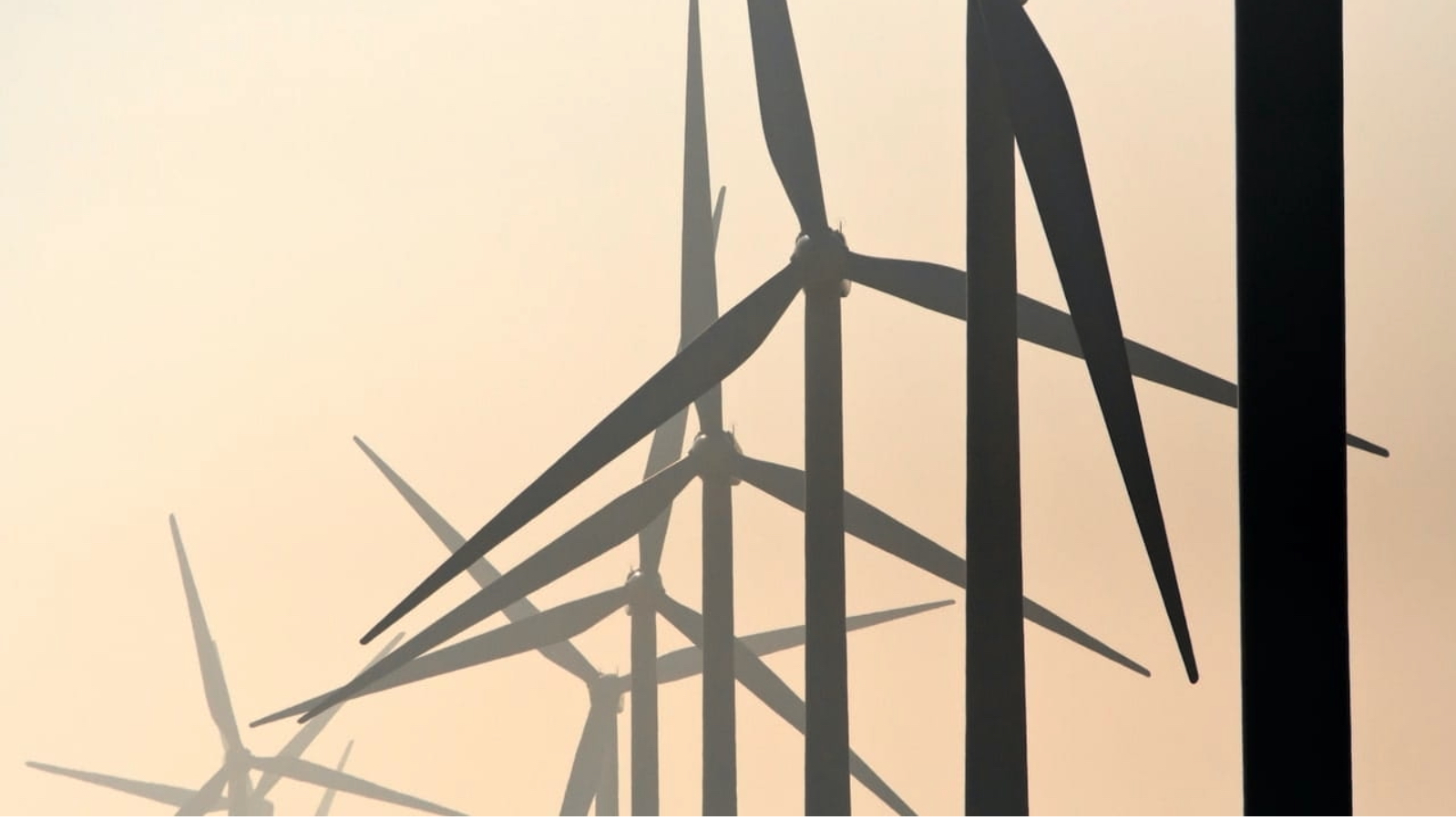
Renewable energy sector with strong interest from investors, although the technicalities that characterize the sector could hinder the investment phase. We need planning and in-depth analysis. We Wealth talks about it with Alessandro Carlesso of Heron, alongside Archeide Lux in the green development
The energy transition must be achieved, but, in fact, the right change of pace has not yet been registered. “To date, the increase in the share of renewable energy in Italy is disappointing” comments Alessandro Carlesso, Managing Partner of Heron Advisory. “The main reason lies in the very slow and complicated bureaucratic procedures, despite the fact that our country would potentially have the credentials to establish itself among the world leaders in energy transition”. It is no coincidence that the latest incentive system introduced in 2019 with the DM FER1 has assigned to date from 2019 just over 3 GW of new electrical power against an availability of almost 6 GW (applications are just over 50 %).
What it means to invest in renewables
Investing in the renewables sector means several things. First of all investing in tangible and eco-sustainable infrastructures, secondly investing in a sector that is not affected by the fluctuations that occur on the financial markets. Due to the complexity that characterizes the phases, this market however requires continuous technical support (from the investment evaluation phase to the construction and post-construction management phase), as well as a specialized advisory activity: “There are many opportunities, but there are just as many unknowns on the legal, tax, regulatory, and local side “with the risk of getting hurt, adds Carlesso. “Some investments can be based on incentives schemes and obtain generally lower but certain return expectations. Some solutions, on the other hand, are riskier but potentially more profitable “.
Knowledge of the territory on several levels
The issue of physical investment in renewable sources in fact involves both an in-depth study of the territory and a precise knowledge of the local administration. “Some public bodies refuse to use unexploited areas at the agricultural level, denying authorizations for the creation of a photovoltaic field. It is in cases like this that the use of a competent advisor can be essential. For example, it is possible to propose projects in which agricultural and energy production coexist by installing so-called agrovoltaic systems, which balance the needs of the energy transition without penalizing agricultural production and which therefore will find fewer obstacles even at the authorization level. “
Wind power, on the other hand, suffers, for example, a higher degree of risk than photovoltaics due to the wind factor which is highly variable over time and with significant differences between neighboring areas. “Although there may be constant wind in a region, the feasibility analysis of a wind turbine always gives less certainty than a photovoltaic system. However, this does not mean that we should invest only in the second source, also because photovoltaics cannot generate much energy in the cold months as opposed to wind power, so diversification and balancing between the various renewable sources becomes strategic “.
Preliminary data collection is therefore fundamental, as is the optimization of timing. “If the task of a team of investment professionals such as Archeide is to manage and enhance the assets of third parties to maximize returns, the advisor seeks to provide its specialist support to optimize this process while minimizing risk”.
Renewables and, again, the theme of incentives
Incentive mechanisms also affect investments in renewable energy. The incentive system in force in the years 2009-12 (with incentives up to 20 years in duration) provided for a fixed tariff in addition to the market value of the energy produced. There were therefore 2 forms of investment remuneration, one fixed (the incentive) and one variable (the sale). Starting from 2019 (with the FER1 Decree for the period 2019-2021), the incentive system guarantees only a fixed remuneration value regardless of how the electricity market moves; you are protected in the case of very low market prices, but you give up on possible extra profits if the market prices are high, as is happening right now. On the one hand, this new system makes the initiatives bankable, on the other hand it can be unattractive in this period.
Energy transition, other interesting projects
A market that is still interesting, continues the expert, concerns the so-called “grid parity” projects that do not benefit from incentive systems but operate only on market logic.
These tend to be large investments which, thanks to the decline in component prices recorded in the last decade and to economies of scale, are extremely interesting for large players and help to accelerate the process of new generation of green energy.
The interest of investors is there but also in this case it is the landscape constraints of all sorts placed on the construction of large-scale plants on agricultural areas and the hostile attitude of some administrations that greatly limit their growth.
Last and probably with the greatest potential, is the segment of energy communities. These are non-profit associations or legal entities, regulated at European level and implemented at Italian level, which can be constituted by citizens, SMEs, entities or local authorities with the main objective of providing sharing renewable energy to obtain environmental and economic benefits. and social. “These are medium-small projects (up to 1 MW), in which community members use the energy produced by one or more plants shared within the community itself (owned or leased), to obtain savings in the bill.
The Ministry of Economy and Finance, Mef, has provided for a fixed rate incentive system, calculated on the energy fed into the grid and instantly consumed by the community (“shared energy”), to which is added the market price of energy on all energy fed into the grid (on shared energy and excess energy). The scheme therefore appears much more interesting than FER1 Decree and above all it is the correct way to sensitize the intelligent use of electricity, fuel the growth of accumulations and grow renewable sources without speculative logic.
Italy and the energy transition
While we expect to see if the measures adopted by the government will be able to lead Italy as one of the leading countries in the energy transition, investment in renewable sources must continue above all to achieve greater energy independence. And it must also be conducted with the help of professionals who make it possible to evaluate in detail the goodness and sustainability of the projects.
“Specialized and multidisciplinary skills are needed, which make it possible to cover technical, financial, legal and tax issues, both in relation to projects for the development of new plants and those already in place (also through ex post evaluations aimed at the effective optimization of management costs) ”concludes Carlesso.
We Wealth Article




